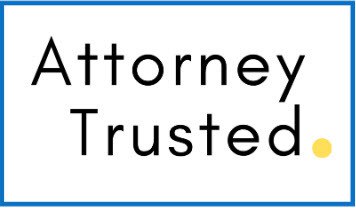Because they are “natural”, many people believe that psilocybin mushrooms are automatically safer than LSD and other synthesized hallucinogens. We could name any number of things that are natural (poison ivy, for example) that you would not want to put in your system, but even without this argument, psilocybin is a DEA Schedule I drug. This means that the FDA recognizes no medical use for it, and it bears a high risk level for abuse and/or dependency.
Drug Details – What Is Psilocybin?
Basically, psilocybin is a hallucinogenic chemical found in specific mushrooms that grow in subtropical and tropical regions of the US, Mexico, Central America, and South America. One mushroom, according to the National Drug Intelligence Center, usually contains two types of hallucinogen – 0.2-0.4% psilocybin and trace amounts of psilocin. Though both of these substances can be synthesized, there is no major evidence that this is happening with any significant regularity.
To get high off of psilocybin, users will take fresh or dried mushrooms orally. Because the mushrooms have a bitter taste, most users will cook or mix them with other foods, brew them into a tea, or make them into candies.
The Historical Background of Psilocybin
Use of psilocybin mushrooms dates back at least 3000 years, with art and sculptures representing mushroom caps in religious rituals for indigenous people throughout North and South America appearing as early as 1500 BCE.
While many people believe that “sacred mushrooms” played a large part in the religious ceremonies of the Aztecs and Mayans, there is a lot of controversy surrounding this claim. While it is likely that the drug was used in at least some ceremonies and that people from these cultures likely ingested it by accident and/or for recreational purposes, some historians believe that this is as far as mushroom use went and that these fungi were not nearly as “sacred” as many believe.
Modern use of psilocybin began when scientist R. Gordon Wasson was traveling through Mexico studying mushrooms in the 1950s. After participating in a religious ceremony with some Mazatec people in the Oaxaca region of Mexico, he experienced the high and wrote an article titled “Seeking the Magic Mushroom” for Life Magazine in 1957.
Thanks to Wasson’s findings, Albert Hofmann (who first synthesized LSD) was able to identify and isolate the active ingredients, psilocybin and psilocin. Beyond Hofmann’s work, Timothy Leary became intrigued with the drug, and from there it went mainstream with more and more people “seeking the magic mushroom.”
Street Names for Psilocybin
Some of the most common street names you’ll hear referring to psilocybin are:
- Shrooms
- Magic Mushrooms
- Purple Passion
- Mushrooms
- Simple Simon
- God’s Flesh
When psilocybin is mixed and used with other drugs, it may also be called:
- Hippie Flip – mixing MDMA with psilocybin.
- Boomers – using psilocybin with LSD.
- Sherm – using psilocybin with PCP.
Side Effects of Using Psilocybin
Taking psilocybin can produce a number of negative side effects, including:
- Headaches
- Nausea and vomiting
- Anxiety
- Exacerbation of symptoms of mental illness
- Paranoia and fear
- Dizziness
- Low blood pressure
- Lightheadedness
- Loss of consciousness
What Does the High From Psilocybin Feel Like?
Many users describe the high from psilocybin mushrooms as very similar to that of doing mescaline or LSD. Users generally have moderate to intense visual hallucinations and may experience dramatic mood swings throughout the high. They may also be more likely to engage in impulsive behavior, not realizing the potential for danger at the moment.
Like LSD and mescaline, psilocybin is a Schedule I drug, meaning that the DEA considers it as dangerous as these other drugs, whether or not it is “natural”.












